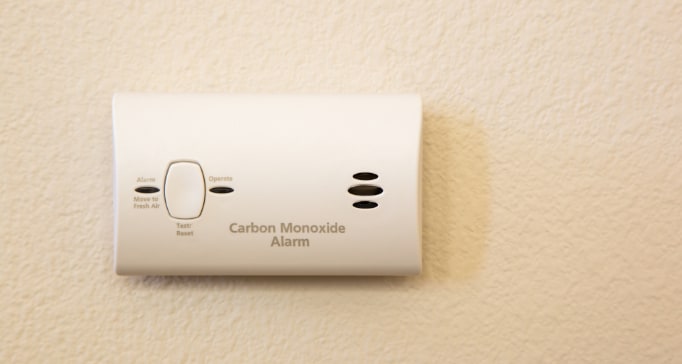
Incorporate CO Detectors Into Your Home Security System
Placing CO detectors in your residence is a terrific beginning, but you may elevate your safety even more by including them into your home’s security. This supplies an additional form of protection, as your monitoring agents will be notified whenever a CO detector is tripped. This reinforcement can prove to be vital, specially if a disaster takes place in the middle of the night and you aren’t roused by the alarm.
Include CO Detectors In Hammond With Your Security System
Protect your family against all sorts of dangers with a modern home security package from Secure24 Alarm Systems. Our CO and smoke alarms in Hammond are monitored in the same manner as your other security sensors. You’ll have assistance from a diligent, round-the-clock team whenever an urgent event occurs. Dial (219) 207-5149 today to improve the defense of your home and family.
Where To Place Carbon Monoxide Detectors In Your Hammond House
Residents must protect against a variety of risks like fire, burglary, and flooding. But what about a risk that you can’t see or smell? Carbon monoxide is different from other risks because you may never know it’s there. Despite that, installing CO detectors can simply safeguard your loved ones and property. Explore more about this hazardous gas and where to place carbon monoxide detectors in your Hammond home.
What Is Carbon Monoxide?
Called the silent killer due to its lack of color, taste, or odor, carbon monoxide is a commonly found gas formed by the incomplete combustion of fuels. Any appliance that utilizes fuels like an oven or fireplace may generate carbon monoxide. Even though you usually won’t have any trouble, issues can crop up when equipment is not routinely inspected or appropriately vented. These missteps could cause an accumulation of this potentially deadly gas in your residence. Generators and heating appliances are commonly to blame for CO poisoning.
When exposed to low levels of CO, you may notice fatigue, headaches, dizziness nausea, or vomiting. Extended exposure to high levels can cause cardiorespiratory failure, and even death.
Suggestions For Where To Place Hammond Carbon Monoxide Detectors
If your home doesn’t have a carbon monoxide detector, buy one today. If possible, you ought to install one on each floor of your home, including basements. Explore these tips on where to place carbon monoxide detectors in Hammond:
- Place them on each level, especially where you utilize fuel-burning appliances, like furnaces, gas dryers, fireplaces, and water heaters.
- Always install one within 10 feet of bedroom areas. If you only install one carbon monoxide detector, this is the place for it.
- install them approximately 10 to 20 feet from sources of CO.
- Do not position them directly beside or above fuel-utilizing appliances, as a small degree of carbon monoxide might be emitted when they turn on and trigger a false alarm.
- Secure them to walls about five feet above the ground so they may sample air where people are breathing it.
- Avoid installing them in dead-air places and beside windows or doors.
- Place one in rooms above garages.
Inspect your CO detectors often and maintain them in accordance with manufacturer recommendations. You will generally need to replace them in six years or less. You should also make sure any fuel-burning appliances are in in good working shape and have appropriate ventilation.
